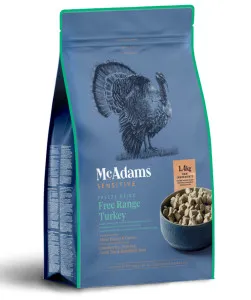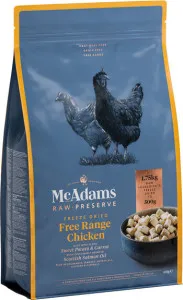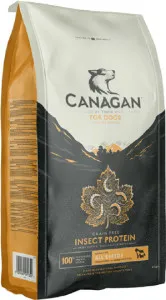What Is the 3% Rule in Pet Food?
The 3% rule in pet food refers to a labeling regulation that allows manufacturers to list an ingredient in the product name (e.g., "Beef Dog Food") only if that ingredient makes up at least 3% of the total formula. This rule helps pet owners understand how much of a key protein or ingredient is actually in their pet's food.
Why Does the 3% Rule Matter?
When shopping for pet food, labels can be confusing. A bag labeled "Chicken Recipe" might contain only a small amount of chicken, while fillers like corn or soy make up most of the formula. The 3% rule ensures that if a company highlights an ingredient in the name, it must meet a minimum threshold—giving you a better idea of what you're feeding your pet.
Here’s why this matters:
- Transparency: Helps you compare products more accurately.
- Quality Check: Ensures the named ingredient is present in a meaningful amount.
- Marketing Clarity: Prevents misleading claims like "Salmon Flavor" when salmon is barely included.
- Named Ingredients: If a product is called "Duck & Sweet Potato Recipe," duck must be at least 3% of the formula.
- "With" Claims: Phrases like "With Real Beef" mean beef is at least 3% but less than the main ingredient.
- Flavors: Terms like "Beef Flavor" don’t require 3% beef—just enough to detect the taste.
- No Upper Limit: A "Salmon Dog Food" could be 3% salmon or 70%—the label won’t tell you.
- Water Content: In wet food, meat percentages may seem high, but water weight inflates the numbers.
- Ingredient Splitting: Some brands split similar ingredients (e.g., "peas, pea protein") to push meat higher on the list.
- Check the Guaranteed Analysis: Look for protein percentages to see if the food meets your pet’s needs.
- Read the Ingredient List: The first five ingredients make up most of the formula.
- Compare Dry vs. Wet Food: Wet food’s moisture content affects protein ratios—calculate dry matter basis for accuracy.
- "Dinner," "Platter," or "Entrée": These terms mean the named ingredient is at least 25% of the formula.
- "Made With": Requires at least 3% of the highlighted ingredient.
- "Flavor": No minimum percentage—just trace amounts for taste.
- Higher Percentages Always Mean Better Quality: Not necessarily—balance matters more than a single ingredient.
- All Named Ingredients Must Be 3%: Only the primary one in the name needs to meet this threshold.
- It Applies to All Claims: Terms like "natural" or "grain-free" follow different regulations.
- Consult Your Vet: Tailor food choices to your pet’s age, breed, and health.
- Look for AAFCO Statements: Ensures the food meets nutritional standards.
- Use Tools Like the Pet Food Analyzer : Simplify label decoding and compare brands.
How the 3% Rule Works in Pet Food Labeling
The Pet Food Analyzer can help break down complex labels, but here’s how the 3% rule applies:
Limitations of the 3% Rule
While helpful, the 3% rule has gaps:
Recommended Products

McAdams Freeze Dried Free Range Turkey is an excellent choice for what is the 3% rule in pet food?. This dog food contains Boneless Free Range Turkey 86.5% and other high-quality ingredients that promote overall health.

McAdams Freeze Dried Free Range Chicken is an excellent choice for what is the 3% rule in pet food?. This dog food contains Boneless Free Range Chicken 86% and other high-quality ingredients that promote overall health.

Canagan Insect is an excellent choice for what is the 3% rule in pet food?. This dog food contains Freshly Prepared Insects (27%)* and other high-quality ingredients that promote overall health.
How to Use the 3% Rule When Choosing Pet Food
To make the most of this guideline:
Beyond the 3% Rule: Other Labeling Laws to Know
The 3% rule is just one part of pet food labeling. Other key terms include:
Common Misconceptions About the 3% Rule
Many pet owners assume:
How to Ensure Your Pet Gets the Best Nutrition
While the 3% rule helps, here’s what else to consider:
Final Thoughts
The 3% rule in pet food is a useful tool, but it’s just the start. By understanding labeling laws and focusing on complete nutrition, you can make smarter choices for your pet. Ready to dive deeper? Check out our Pet Food Analyzer to break down your pet’s food like a pro!
